Experiencing a drop in the gas mileage of your Renault Megane can be frustrating, but it’s a common issue for many drivers. The good news is that there are a variety of reasons for decreased fuel efficiency, and most can be resolved easily. In this article, we’ll take a look at some of the most common reasons for poor gas mileage in Megane, and offer tips and advice on how to improve it.
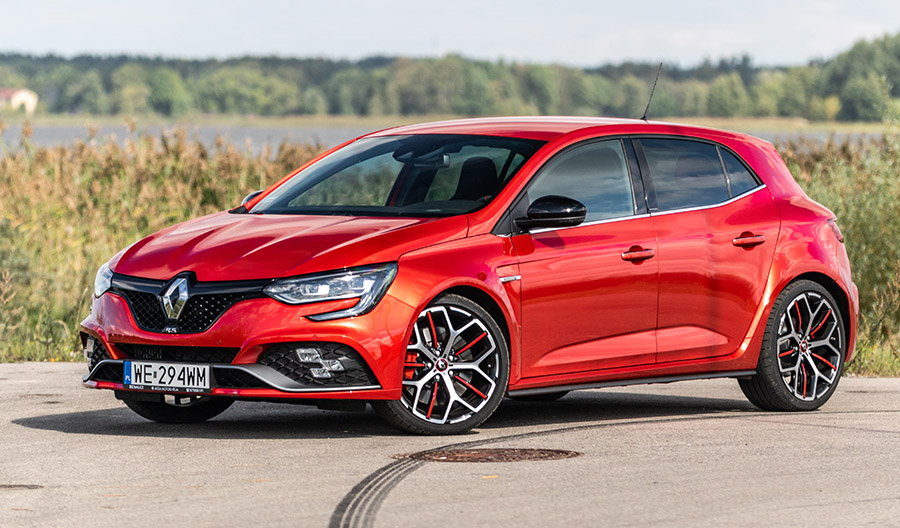
1. Low tire pressure
Underinflated tires can have a significant impact on the fuel economy of your Renault Megane. When tire pressure is lower than the recommended level, the tires can deform more, leading to increased rolling resistance. This increased resistance results in the engine having to work harder, which in turn consumes more fuel.
According to the U.S. Department of Energy, every 1-psi drop in tire pressure decreases gas mileage by 0.4 percent. It is important to maintain proper tire pressure recommended by the vehicle manufacturer to ensure maximum fuel efficiency and optimal tire performance.
Reinflate the tires
Reinflate all the tires of your Megane to the manufacturer specified air pressure, which is mentioned on the vehicle placard or tire inflation pressure label usually located on the B-pillar or the edge of the driver door.
2. Dirty engine air filter
A dirty air filter in your Renault Megane can have a significant impact on engine performance and fuel efficiency. When the air filter is clogged with dirt and debris, it restricts the flow of air into the engine. This can lead to reduced power output, decreased acceleration, and higher fuel consumption.
Replacing the engine air filter in Megane is a relatively simple and straightforward process that can be performed by most owners, without the need for specialized knowledge.
Recommended video
3. Bad O2 sensor
The oxygen sensor in Renault Megane plays a crucial role in ensuring the proper functioning of the engine. It helps to maintain the correct air-fuel ratio by measuring the amount of oxygen present in the exhaust gases. This information is used by the engine control unit to make necessary adjustments to the fuel injection system, which in turn helps to optimize performance and fuel efficiency.

However, if the oxygen sensor develops a fault, it can result in incorrect readings, which can cause poor fuel economy. In extreme cases, it can also cause slow acceleration, loss of power, irregular idling, engine hesitation, or stalling. It is important to get a faulty oxygen sensor replaced as soon as possible to prevent any further damage to the engine and to restore its performance.
Can a bad O2 sensor lead to catalytic converter failure in Renault Megane?
Faulty oxygen sensors are the leading cause of catalytic converter failures. It’s important to act fast and take your vehicle to a professional mechanic if you suspect a problem with an oxygen sensor. Replacing the oxygen sensor is a more affordable option, as compared to the cost of a new catalytic converter, which can be expensive, often costing over a thousand dollars.
How to check for faulty oxygen sensor in Megane?
A faulty oxygen sensor usually causes the check engine light to illuminate in the instrument cluster of Megane. To diagnose the problem, you can connect a scanner to your vehicle’s OBD2 port and check for any error codes. If you see codes ranging from P0130 to P0135 or from P0150 to P0155, it is a sign that there is a problem with the upstream oxygen sensor.
Recommended video
4. Dirty mass air flow sensor (MAF)
A dirty mass air flow (MAF) sensor can lead to poor fuel efficiency and reduced gas mileage in Renault Megane. The MAF sensor measures the amount of air entering the engine and sends this information to the engine control unit (ECU). If the MAF sensor is dirty or clogged, it can cause incorrect readings and lead the ECU to inject too much or too little fuel into the engine. This can result in a decrease in fuel efficiency and gas mileage.
How to check if the MAF sensor is bad in Renault Megane?
Reading the fault codes using an OBD2 scanner is a reliable method. If you see any of the codes P0100, P0101, P0102, P0103, or P0104 in the scanner, it means there is a problem with the MAF sensor in your Megane. However, it is possible that there are no error codes, so if you are uncertain, it might be necessary to replace the sensor. However, this should only be done after a thorough investigation, as the MAF sensor might not be the cause of poor fuel economy.
Can I clean a dirty MAF sensor in Renault Megane?
In some situations, cleaning the mass air flow sensor can improve its accuracy in measuring the correct values. However, it is important to be careful when cleaning the sensor, as its parts are delicate and can be easily damaged. To clean the MAF sensor in your Megane, locate it, unplug the electrical connector, and remove it from its housing. Spray at least 10 spurts of MAF cleaner onto the sensor, and then let it air dry for an hour or until completely dry. It’s important not to use cloth or cotton swabs to clean the sensor as they can cause damage.
Recommended video
5. Dirty fuel injectors
Dirty fuel injectors can also result in poor fuel efficiency and decreased gas mileage in Megane. Fuel injectors play a critical role in the proper functioning of the engine by delivering a precisely metered amount of fuel into the engine. If the fuel injectors are dirty or clogged, the fuel mixture can become too rich or too lean, leading to decreased fuel efficiency and reduced gas mileage.
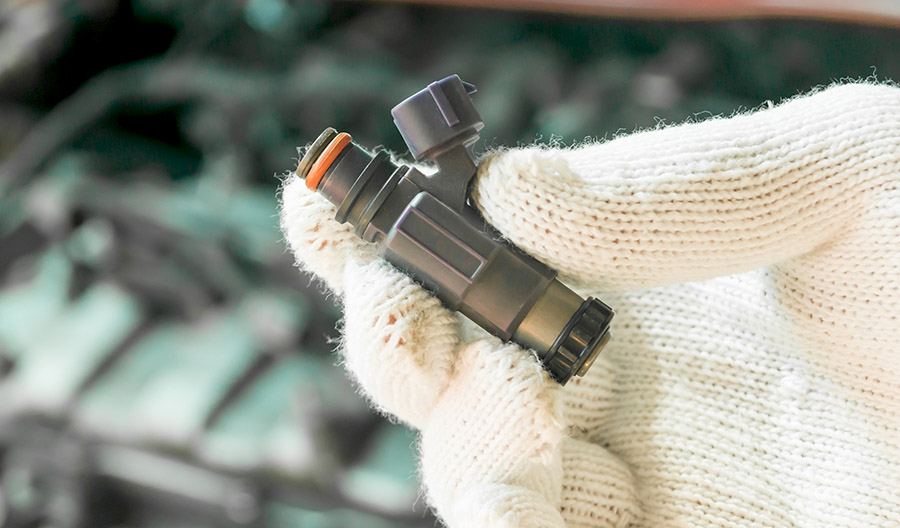
To fix the problem, the fuel injectors should be cleaned or replaced. Cleaning the fuel injectors can be done by using a specialized cleaning solution or by ultrasonic cleaning. If the injectors are damaged or worn out, they should be replaced.
6. Old or incorrect engine oil
Using the wrong type of engine oil or not changing the engine oil on time can lead to decreased fuel efficiency and reduced gas mileage in Megane. Engine oil is responsible for lubricating the engine components and reducing friction, which can improve fuel efficiency. However, if the oil is old or has become contaminated, it can lose its ability to lubricate effectively and can cause increased friction within the engine. This increased friction can lead to decreased fuel efficiency and reduced gas mileage.
To fix the problem, it is important to regularly check the engine oil level and change the oil according to the manufacturer’s recommendations. The correct type of oil for your vehicle should be specified in the owner’s manual or on the oil filler cap.

It is also important to use a high-quality engine oil that meets the appropriate specifications for your vehicle. Using the correct type of oil can help improve fuel efficiency and maintain the health of your engine.
7. Bad spark plugs or ignition coils
Bad spark plugs or ignition coils can also cause poor fuel efficiency and reduced gas mileage in Megane. Spark plugs are responsible for igniting the fuel-air mixture in the engine, and ignition coils provide the high voltage spark that is needed to ignite the mixture. If the spark plugs or ignition coils are worn out, damaged, or not functioning properly, it can lead to misfires, which can result in decreased fuel efficiency and reduced gas mileage.
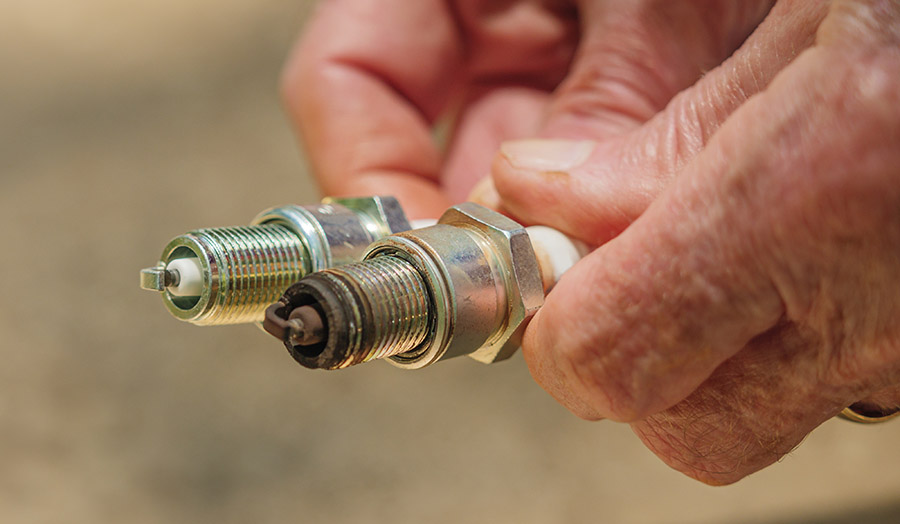
A misfire can often be diagnosed by a diagnostic code or by observing a decrease in engine performance, such as a loss of power or a decrease in fuel efficiency.
It is also important to use the correct type of spark plugs and ignition coils that are specified by the manufacturer for your vehicle. Using the correct components can help improve fuel efficiency and maintain the health of your engine.
8. Clogged catalytic converter
A clogged catalytic converter can cause poor gas mileage in Renault Megane. The catalytic converter is an emissions control device that helps reduce the amount of harmful pollutants that are released into the environment by the vehicle’s exhaust system. If the catalytic converter becomes clogged or damaged, it can restrict the flow of exhaust gases, which suffocates the engine and can lead to decreased fuel efficiency and reduced gas mileage.

To fix the problem, it is important to have the catalytic converter inspected and replaced if necessary. A clogged catalytic converter can often be diagnosed by a diagnostic code or by observing a decrease in engine performance, such as a loss of power or a decrease in fuel efficiency.
9. Using lower grade fuel
Using lower grade fuel in your Megane can cause knocking or pinging, which can lead to engine damage over time. Additionally, the knocking can disrupt the combustion process and decrease fuel efficiency, causing the vehicle to use more fuel to cover the same distance. It’s always best to use the octane rating of fuel recommended by the vehicle manufacturer to maintain optimal engine performance and fuel efficiency. Although newer vehicles have the ability to adjust spark timing to eliminate knocking, but engine performance and fuel efficiency will still be affected negatively.
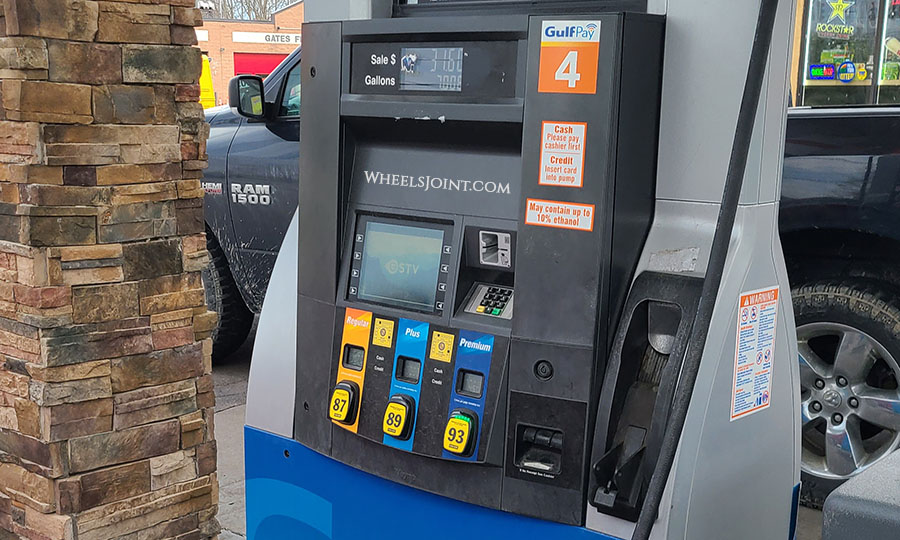
Will using higher grade fuel improve fuel economy?
Using higher octane fuel does not necessarily improve fuel economy. In fact, the relationship between octane rating and fuel economy is complex and depends on many factors, including the engine design, driving conditions, and the fuel’s chemical properties.
In general, higher octane fuel is recommended for engines that are designed to perform at high compression ratios, where the fuel-air mixture is compressed to a high level before ignition. The higher octane rating helps prevent knocking and allows for more efficient combustion, which can improve engine performance and power.
However, if an engine is not designed to perform at high compression ratios, using higher octane fuel may not provide any cost benefits, as the engine may not be optimized to take advantage of the fuel’s properties. It’s always best to follow the manufacturer’s recommendations for the type of fuel to use in your vehicle.
10. Bad wheel alignment
Improper wheel alignment can negatively impact fuel economy in Renault Megane. The wheels must be properly aligned so that they are pointed in the same direction and parallel to each other. If the wheels are not properly aligned, the vehicle will require more energy to move and will therefore use more fuel.
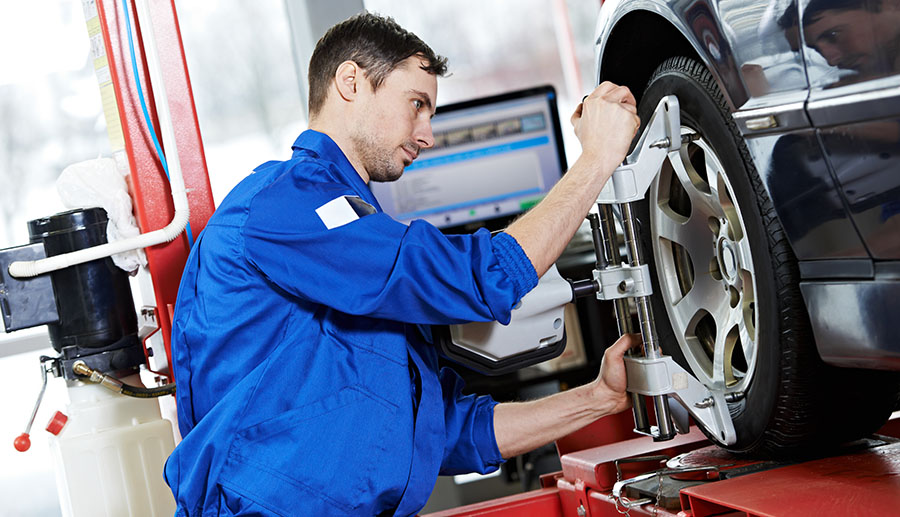
Uneven tire wear
A bad wheel alignment can also cause the tires to wear unevenly, which can reduce their lifespan and increase the frequency of tire replacements.
Megane pulls to the left or right
Additionally, a bad wheel alignment can cause the vehicle to pull to one side, making it more difficult to drive and control.
Regular wheel alignments can help ensure that the wheels are properly aligned, which can help improve fuel economy and extend the life of the tires.
11. Sticking brakes
Sticking brakes can also impact fuel economy in Megane. Brakes that are not functioning properly, such as those that stick, can cause extra drag on the vehicle, making it more difficult to move. This extra drag can reduce fuel efficiency and cause the vehicle to use more fuel to cover the same distance.
Brake pads wear out quickly
Additionally, sticking brakes can cause the brake pads to wear more quickly in Megane, increasing the frequency of brake replacements. Regular brake maintenance and inspections can help prevent sticking brakes and maintain fuel efficiency. If you experience any issues with your brakes, it’s best to have them inspected and repaired by a qualified mechanic as soon as possible.
How to check for sticking brakes
If you suspect that your Megane brakes are sticking, one way to check is by measuring the temperature of the brake rotors. The best way to do this is to use an infrared thermometer after a test drive. If you don’t have the thermometer, you can try splashing some water onto the rotors. If the water sizzles and evaporates quickly, it’s a sign that the brakes are sticking. However, be cautious as too much water can cause damage to the rotor. It’s important to keep in mind that sticking brakes can cause overheating and pose a safety risk, so it’s best to have them inspected by a professional mechanic.

12. Worn piston rings
Worn piston rings can also have an impact on fuel economy, but this typically happens on Megane vehicles that have racked up more than 100,000 miles. The piston rings serve to create a tight seal between the piston and the cylinder wall, which helps to maintain compression and prevent fuel and air from escaping the combustion chamber. When the piston rings become worn, the seal becomes less tight, and fuel and air can leak past the rings and into the engine’s oil system. This can cause the engine to lose compression, which can reduce its power and fuel efficiency.
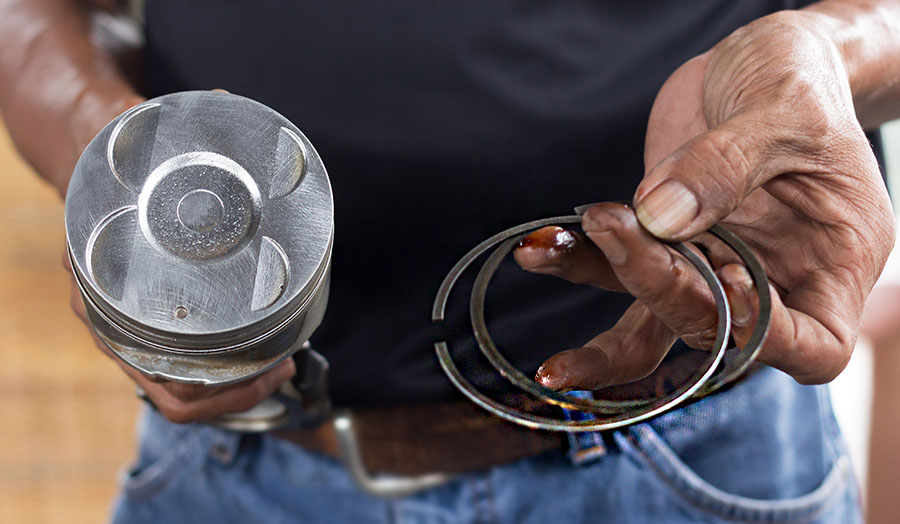
Increased oil consumption
Additionally, worn piston rings can cause oil to be burned along with the fuel, which can increase oil consumption and cause increased emissions. Regular engine maintenance, such as oil changes and inspections, can help identify worn piston rings and other issues that can impact fuel economy. If you suspect that your piston rings are worn, it’s best to have your engine inspected by a qualified mechanic.
13. Aggressive driving habits
Aggressive driving habits can significantly increase the fuel consumption of your Renault Megane. Habits such as rapid acceleration, high speeds, and frequent lane changes can cause the vehicle to use more fuel and reduce its fuel efficiency. This is because aggressive driving can increase the engine’s workload, causing it to consume more fuel to generate the additional power required to maintain high speeds and make sudden changes in speed and direction.

Additionally, aggressive driving can cause the vehicle to experience more aerodynamic drag, which can also reduce fuel efficiency. Practicing more fuel-efficient driving habits, such as maintaining a steady speed, accelerating and braking smoothly, and avoiding excessive speeds, can help improve fuel economy and reduce emissions.
14. Excessive Idling
Excessive idling can also have a negative impact on fuel economy. When your Megane is idling, it is running but not moving, and the engine is consuming fuel without propelling the vehicle. This can cause the fuel efficiency to decrease, as the engine is using fuel without providing any benefit. Additionally, excessive idling can cause wear and tear on the engine in the long run, as well as increase emissions.
Frequently Asked Questions
Does driving without AC save gas?
Driving without air conditioning (AC) can improve fuel economy to some extent, but the effect can vary depending on several factors such as the type of vehicle, the weather conditions, and the driving conditions. Running the AC can place an additional load on the engine, causing it to consume more fuel, but the amount of fuel consumed depends on the AC system’s size and efficiency. In general, driving with the AC on in hot weather can have a larger impact on fuel efficiency than driving with the AC off in mild weather.
Moreover, driving with the windows down can also cause an increase in aerodynamic drag, which can decrease fuel efficiency, especially at higher speeds. The effect on fuel economy of running the AC versus rolling down the windows will depend on the specific driving conditions, and the best approach will depend on personal preference and driving style. If fuel efficiency is a concern, it’s best to use the AC sparingly and to turn it off when it’s not needed. Additionally, regular AC maintenance, such as regularly changing the air filter and having the system serviced, can help ensure that the AC system runs efficiently and does not consume more fuel than necessary.
Does using cruise control save gas?
Using cruise control can improve fuel economy to some extent, as it can help you maintain a steady speed and avoid aggressive acceleration and braking. When you use cruise control, the vehicle maintains a constant speed without the need for you to continually apply the accelerator, which can help reduce the engine’s workload and improve its efficiency. Additionally, driving at a steady speed can reduce aerodynamic drag, which can also improve fuel economy.
However, the effect of cruise control on fuel efficiency can vary depending on several factors, such as the type of vehicle, the road conditions, and the driving conditions. If you need to frequently adjust your speed to avoid slow traffic or changing road conditions, cruise control may not be as effective in improving fuel efficiency. Additionally, it’s important to remember that cruise control can also cause you to drive faster than the speed limit, which can result in higher fuel consumption and increased emissions. Overall, using cruise control can be a helpful tool in improving fuel efficiency, but it should be used in combination with other fuel-efficient driving techniques, such as maintaining a steady speed and accelerating and braking smoothly.
Does Megane use more fuel with more people?
Yes, Megane can use more fuel with more passengers, as the extra weight of the passengers can increase the vehicle’s fuel consumption. The effect on fuel economy will depend on the road conditions and the weight of the passengers, but in general, the more weight you add to a vehicle, the more fuel it will consume. This is because the engine has to work harder to move the vehicle, especially when accelerating and climbing hills.









